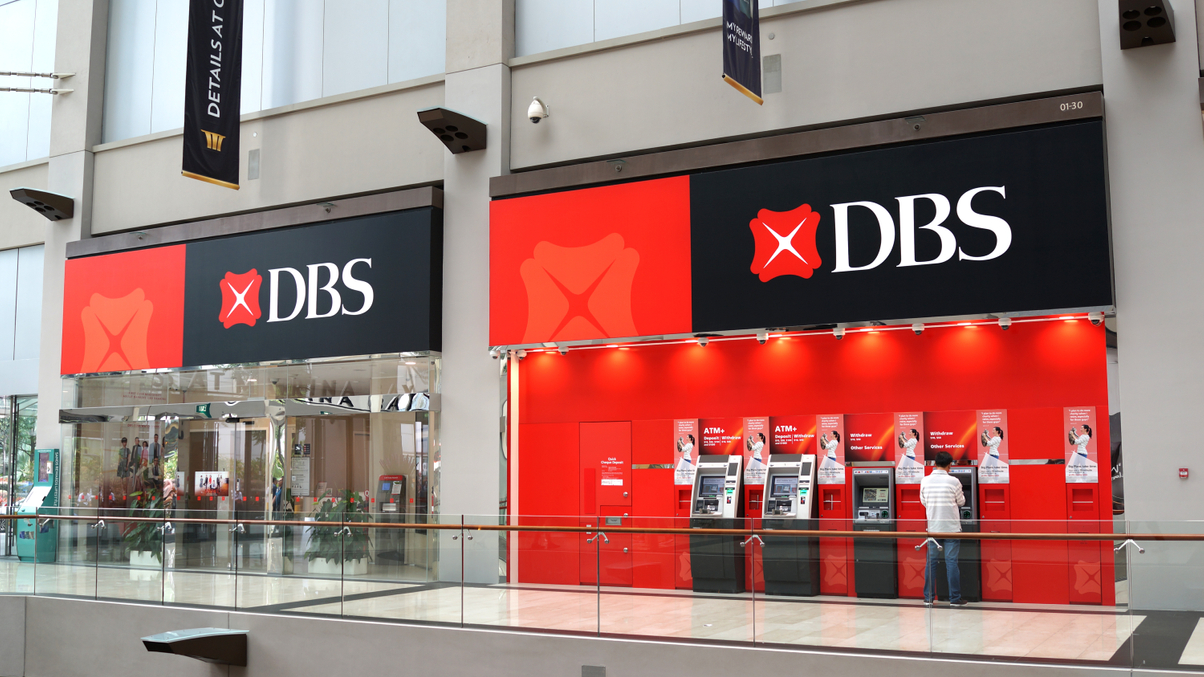Why DBS Private Bank trimmed its funds platform
DBS's Pierre DeGagne explains the rationale behind having a slimmer funds platform and the challenges of getting clients to implement investment ideas in their portfolios at the right time.

Pierre DeGagne leads DBS Private Bank's selection of funds in both the traditional and alternatives asset space.
Sign In to Your Account
Access Exclusive AsianInvestor Content!
Please sign in to your subscription to unlock full access to our premium AI resources.
Free Registration & 7-Day Trial
Register now to enjoy a 7-day free trial—no registration fees required. Click the link to get started.
Note: This free trial is a one-time offer.
¬ Haymarket Media Limited. All rights reserved.


